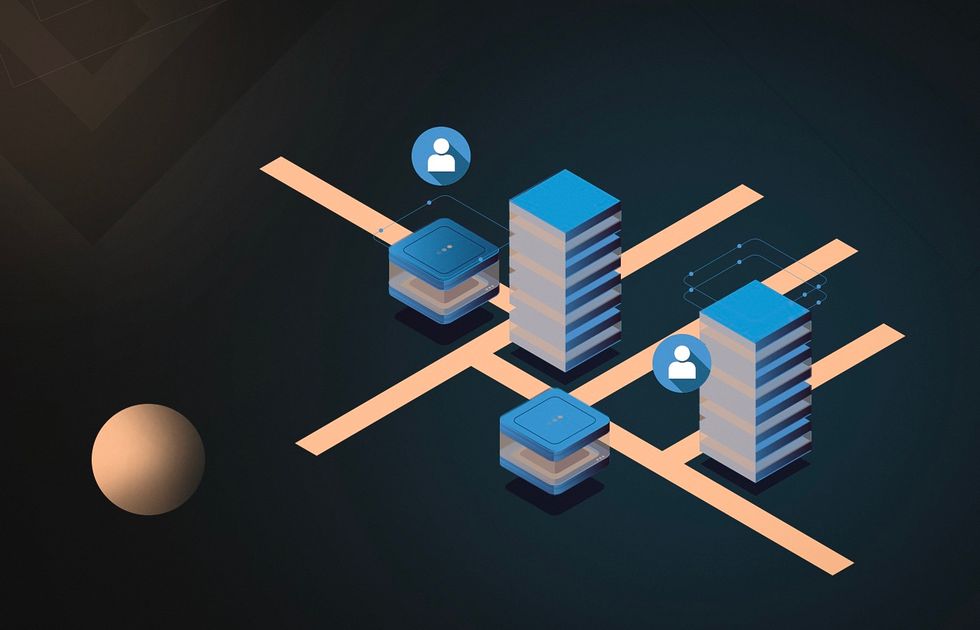Scaling Full Stack Applications: Simple Tips for Frontend and Backend Optimization

Building a full stack application is an exciting journey. But making sure it can handle growth is where the real challenge begins. Whether you’re building for a small startup or a large business, scaling your application is key to keeping users happy. This means optimizing both the frontend and backend to ensure the app stays fast and reliable as it grows. If you want to learn these skills, joining a java full stack developer course will be a great first step toward mastering this important process.
In this blog, we’ll discuss simple and effective strategies to scale your full stack applications, covering both frontend and backend. We’ll also look at tools and techniques to help developers achieve success.
What Does Scaling Mean for Full Stack Applications?
Scaling an application means making it capable of handling more users, more data, or more traffic without breaking or slowing down. For example, think about a shopping app that works perfectly for 100 users but becomes frustratingly slow when 1,000 people log in at the same time. Proper scaling ensures the app performs just as well with 1,000 users as it does with 100.
Scaling has two sides:
- Frontend Scaling: Making sure the user-facing part of the application loads quickly and works smoothly.
- Backend Scaling: Ensuring that the server, database, and backend logic can handle heavy loads without crashing.
Let’s break down these two areas further.
Frontend Optimization for Scaling
The frontend of your application is what users see and interact with. If the frontend is slow or buggy, users will leave, no matter how good your backend is. Here are some simple ways to optimize the frontend for scaling:
1. Minify Code
Decreasing the size of your CSS, JavaScript, and HTML files can make your pages load faster. Tools like Webpack or Gulp can automate this process, helping developers clean up unnecessary parts of the code.
2. Use a Content Delivery Network (CDN)
CDNs store copies of your application’s static files, like images or scripts, on multiple servers. When a user go to your site, the document are loaded from the server closest to them, decrease loading times.
3. Enable Caching
Caching allows a browser to save certain elements of a page so it doesn’t have to load them again on future visits. This is especially useful for repeat visitors, as it makes the site feel much faster.
Learning these techniques can significantly improve your frontend skills. To dive deeper, consider enrolling in a java full stack developer course, which often includes practical lessons on how to implement these optimizations.
Backend Optimization for Scaling
The backend is where your application’s data is processed and stored. If the backend isn’t optimized, it can slow everything down, especially when there’s a spike in user activity. Let’s look at some ways to scale the backend effectively.
1. Optimize Database Queries
Databases are the heart of most applications. Slow queries can lead to poor performance. Use indexing to make searching faster, and avoid running unnecessary queries. For applications with large datasets, partitioning the database can also help by spreading data across multiple tables.
2. Use Microservices Architecture
Instead of building one large backend system, break it into smaller, independent pieces called microservices. For example, one microservice can handle user authentication, while another manages payment processing. This setup makes it easier to scale specific parts of the backend without affecting the entire system.
Developers interested in these backend strategies often find a full stack developer course in Hyderabad helpful, as such programs cover these concepts in depth and with hands-on projects.
Why Cloud Platforms Are Crucial for Scaling
Cloud platforms like Amazon Web Services (AWS), Google Cloud, and Microsoft Azure have revolutionized how applications are scaled. They offer tools and resources that make scaling easier and more affordable.
1. Serverless Computing
Serverless platforms like AWS Lambda allow you to run code without managing servers. This means you only pay for the computing power you use, making it both efficient and cost-effective.
2. Containerization
Technologies like Docker let developers package applications into lightweight containers that can run anywhere. These containers ensure that your app works consistently across different environments.
3. Kubernetes for Orchestration
Managing multiple containers can be challenging, but Kubernetes simplifies this by automating deployment and scaling. It’s an essential tool for large-scale applications.
Cloud platforms are integral to modern app development, and courses like the java full stack developer course often teach developers how to leverage these tools for scalability.
Monitoring and Continuous Improvement
Scaling isn’t a one-time task. Applications need constant monitoring and updates to stay optimized as user demands evolve. Here’s how to maintain scalability over time:
1. Use Monitoring Tools
Tools like New Relic, Datadog, or Prometheus help track your application’s performance in real-time. They can alert you to issues like slow loading times or high server usage so you can fix them quickly.
2. A/B Testing for Frontend
A/B testing is a way where two versions of a webpage are shown to different user groups. By comparing how users connects with each version, you can make informed decisions about which design works better.
3. User Feedback
Never underestimate the power of feedback. Regularly ask users for their input on performance and features. They’ll often point out issues that monitoring tools can’t detect.
For developers working in growing tech hubs like Hyderabad, where the demand for full stack professionals is high, staying updated with these practices is essential. Programs like the full stack developer course in Hyderabad include case studies and real-world projects to teach these skills effectively.
Bringing It All Together
Scaling full stack applications might sound complex, but with the right strategies, it becomes manageable. By focusing on both the frontend and backend, you can ensure your application performs well as it grows. From optimizing code and using CDNs to implementing microservices and leveraging cloud platforms, there are many tools and techniques to help you succeed.
For developers eager to enhance their skills in this area, a java full stack developer course is a great way to start. These courses cover everything from frontend optimizations to backend strategies and cloud solutions. Similarly, targeted learning opportunities like a developer course provide region-specific insights, preparing you to meet the demands of local and global markets.
By adopting these practices and continuously improving your application, you can build systems that not only scale effortlessly but also deliver an exceptional user experience. So, start learning, keep experimenting, and take your full stack skills to the next level!
Contact Us:
Name: ExcelR – Full Stack Developer Course in Hyderabad
Address: Unispace Building, 4th-floor Plot No.47 48,49, 2, Street Number 1, Patrika Nagar, Madhapur, Hyderabad, Telangana 500081
Phone: 087924 83183



